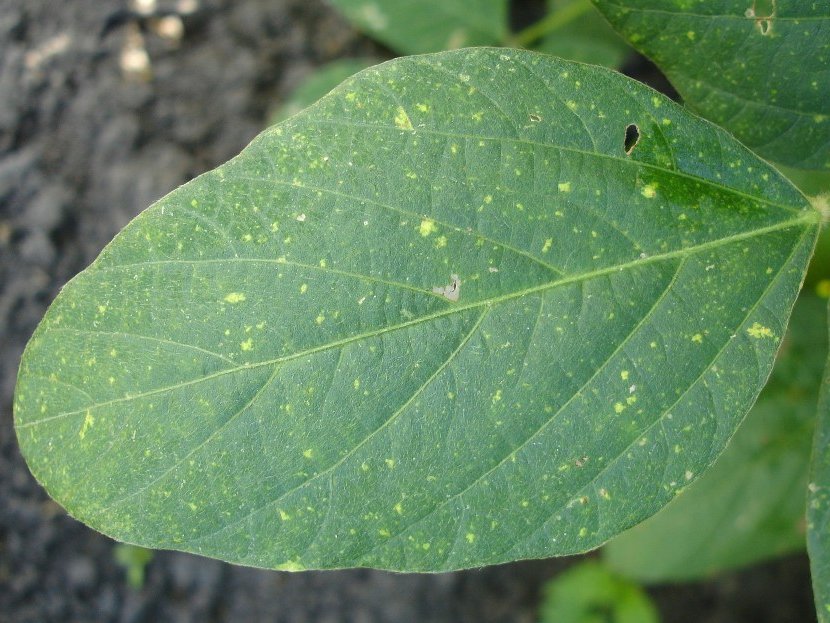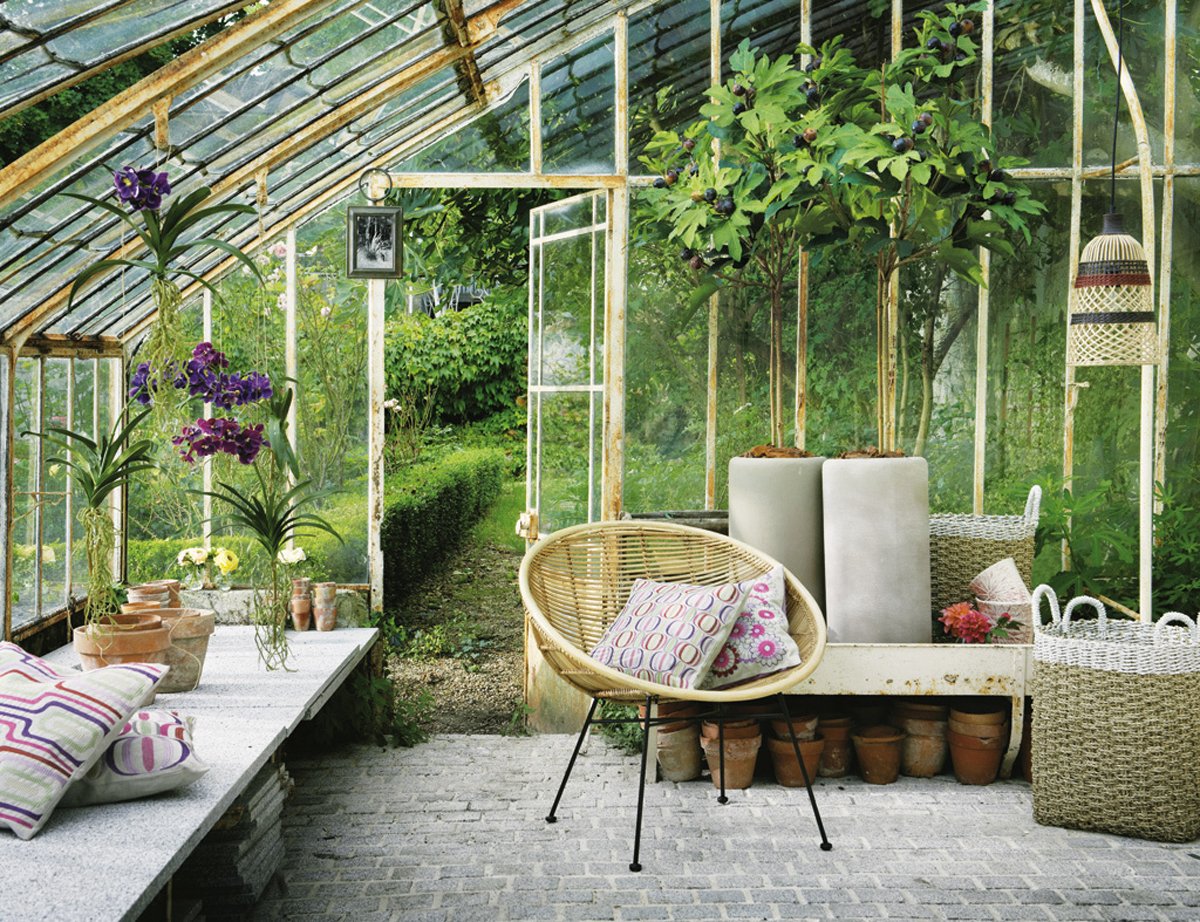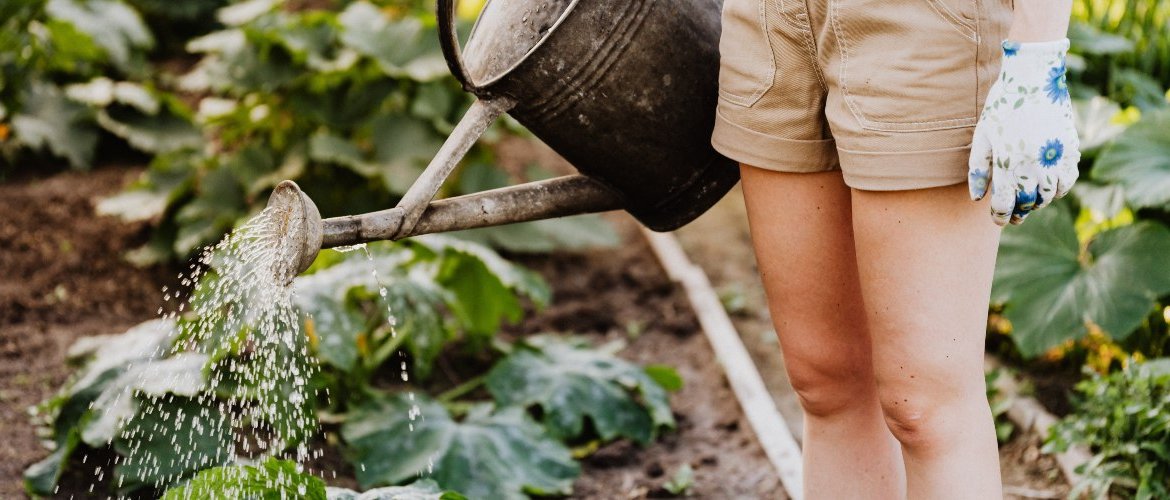Tips to avoid fungus on plants
Letting nature into the home has an almost therapeutic effect. But for its presence to be fully effective, you have to give your flowers the care they deserve. Among the various threats that can endanger their health, fungi on plants are one of the most common. These microorganisms that do not belong to the animal or plant kingdom but have their own are very particular.

Fungi in plants are one of the most frequent threats and their presence can kill plant health in a short time. That is why it is important to be alert and prevent their appearance.
There is such a variety of species that we can find from parasitic varieties to edible fungi, among many others. However, those that appear on plants pose a risk and you must be alert so that their presence does not end with the health of your specimens.
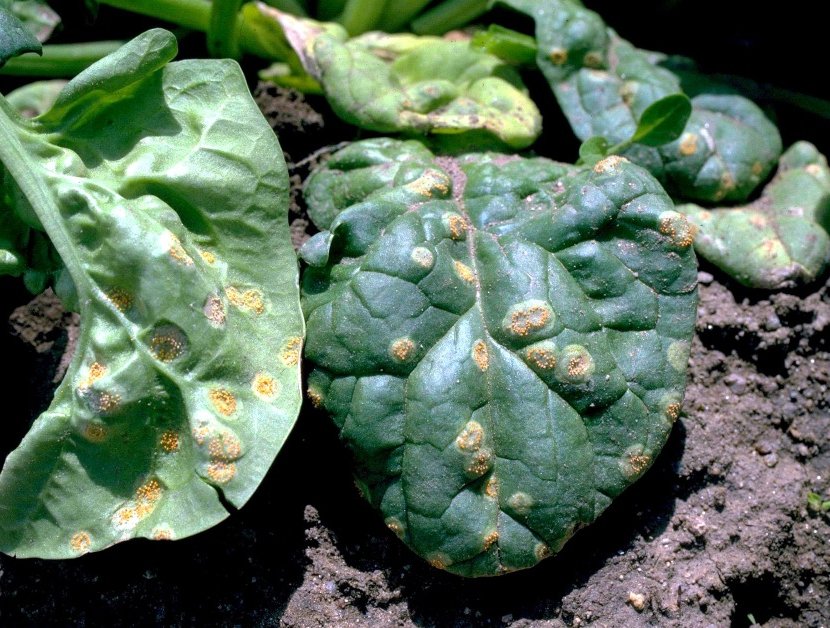
There are many types of fungi but, among those affecting plants, there are some that are particularly recognizable and popular. On leaves, for example, alternariosis, fumanina, anthracnose, unclicina or puccinia are common, which manifest themselves in the form of spots, mildew and holes.
Something similar happens with botrytis, an opportunistic fungus that usually affects weak or stressed plants, generally flowering and vegetables, causing rot. Roots also do not escape the presence of fungi such as mycorrhiza, sclerotinia, rhizoctonia or Phytophthora, which can be lethal in a matter of days.
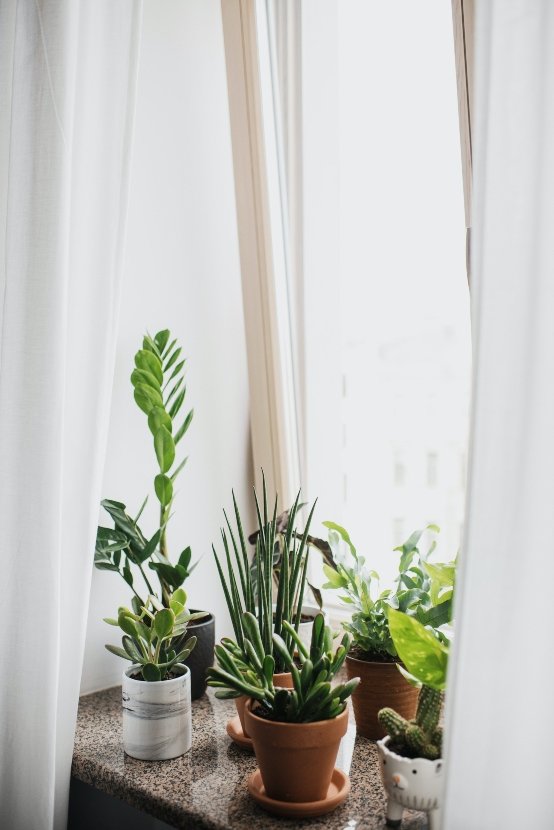
To prevent the appearance of fungi in plants from becoming a problem, it is essential to be clear about the most common causes of their proliferation. Excess humidity, lack or excess of fertilizer, contamination of other nearby specimens and even the accumulation of residues such as leaves or fruits on the surface can become the perfect breeding ground for the development of these pathogens.
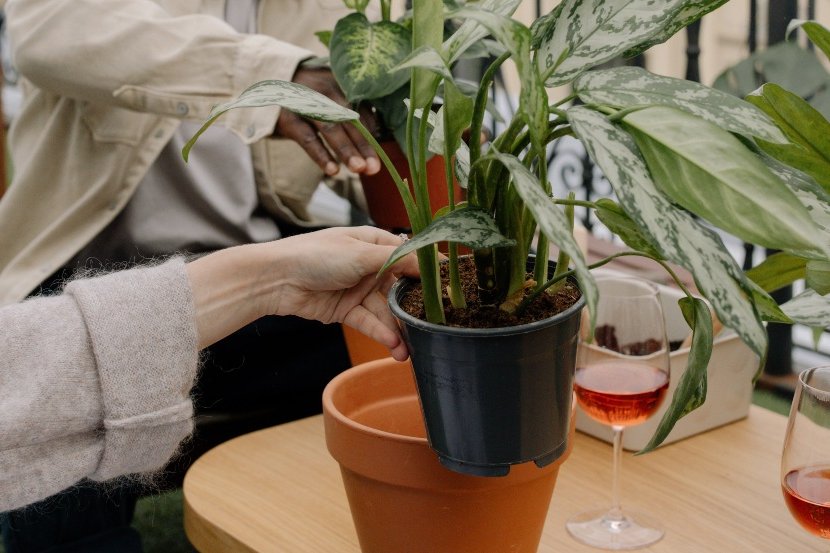
Controlling watering, applying fungicides or placing your pots in a place with good natural light are just a few recommendations that will help you avoid the appearance of fungus on your plants.
All plants need to be watered to a greater or lesser extent. However, too much moisture can be fatal to their health. Wet soil favors the appearance of fungi, so you should control not only the amount and frequency of watering, but also the time of watering. Watering first thing in the morning encourages the evaporation of excess water, especially in the colder seasons of the year.
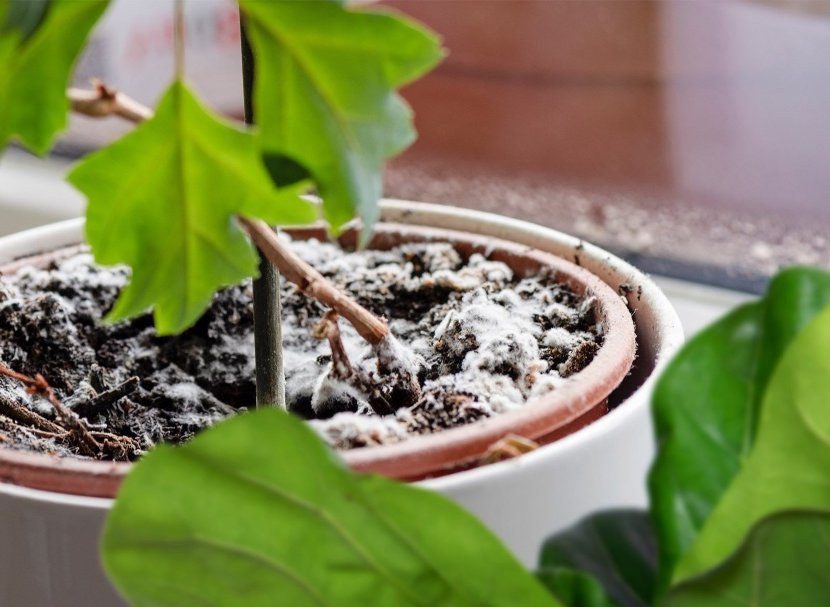
Fighting the appearance of these pathogens can be as simple as resorting to broad-spectrum fungicides. This type of solutions that you can find in your garden center will help you to avoid their development and are especially useful in the favorable seasons for the proliferation of fungi. However, some species can develop a certain tolerance to fungicides, so it is advisable to alternate them.
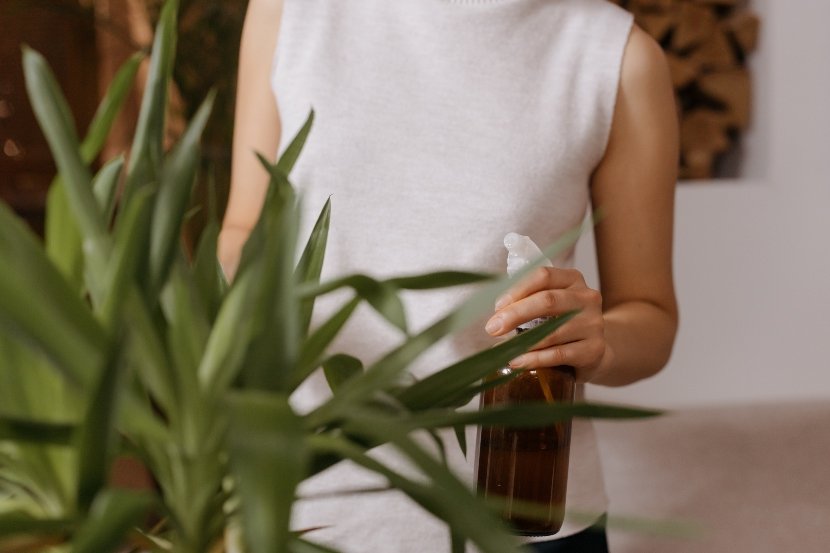
Another good way to avoid fungi in plants has to do with the use of substrates. You should choose the most appropriate ones according to the type of soil and the plant in question, although, in any case, the key for them to be optimal is that they allow proper drainage of your specimens.
It is also important not to let debris accumulate on the soil surface. Withered leaves, flowers or fruits invite the appearance of these microorganisms with the consequent risk to your plants.
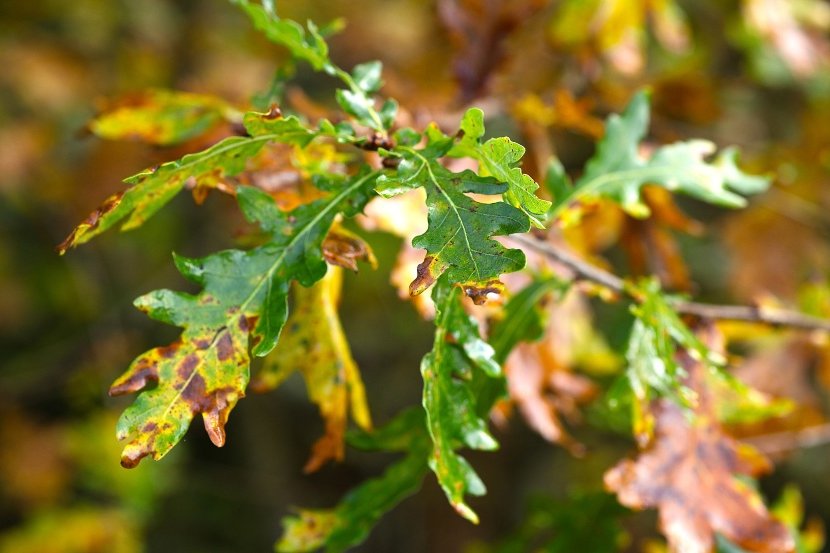
In addition to the more professional remedies, there are other recommendations that you cannot overlook to keep your plants free of fungi. Providing them with a well-lit place will minimize the risks of proliferation of these microorganisms, as will disinfecting the tools you use for pruning.
If your plants still suffer the attack of these pathogens, a natural remedy to prevent their advance is the application of cinnamon powder or charcoal on the damaged area. The former has ample healing power while the latter is a natural fungicide.
